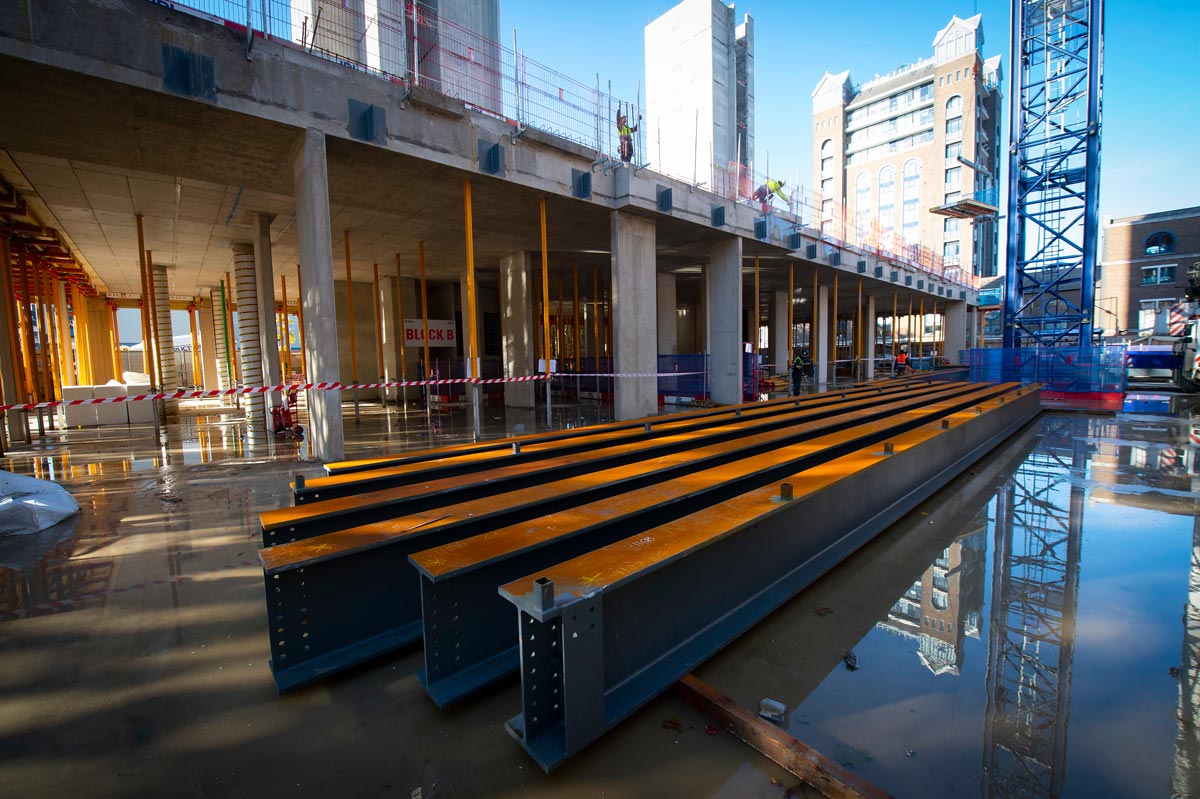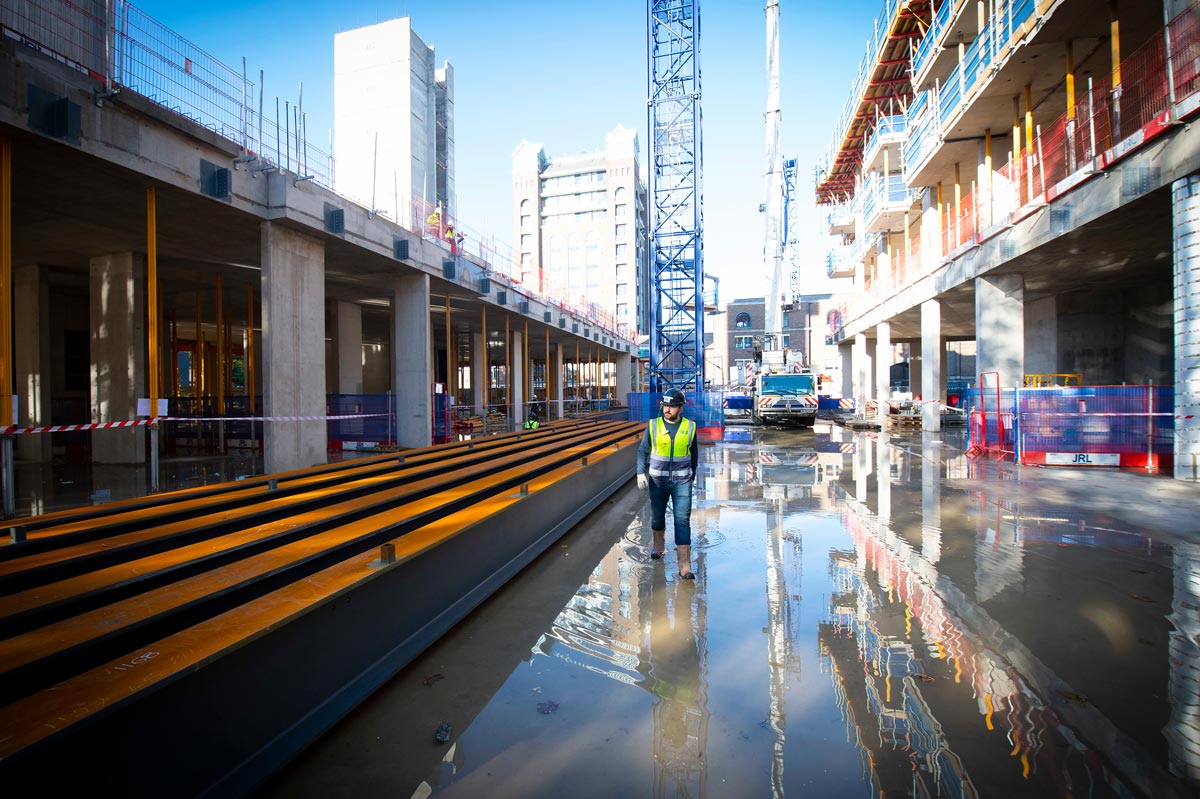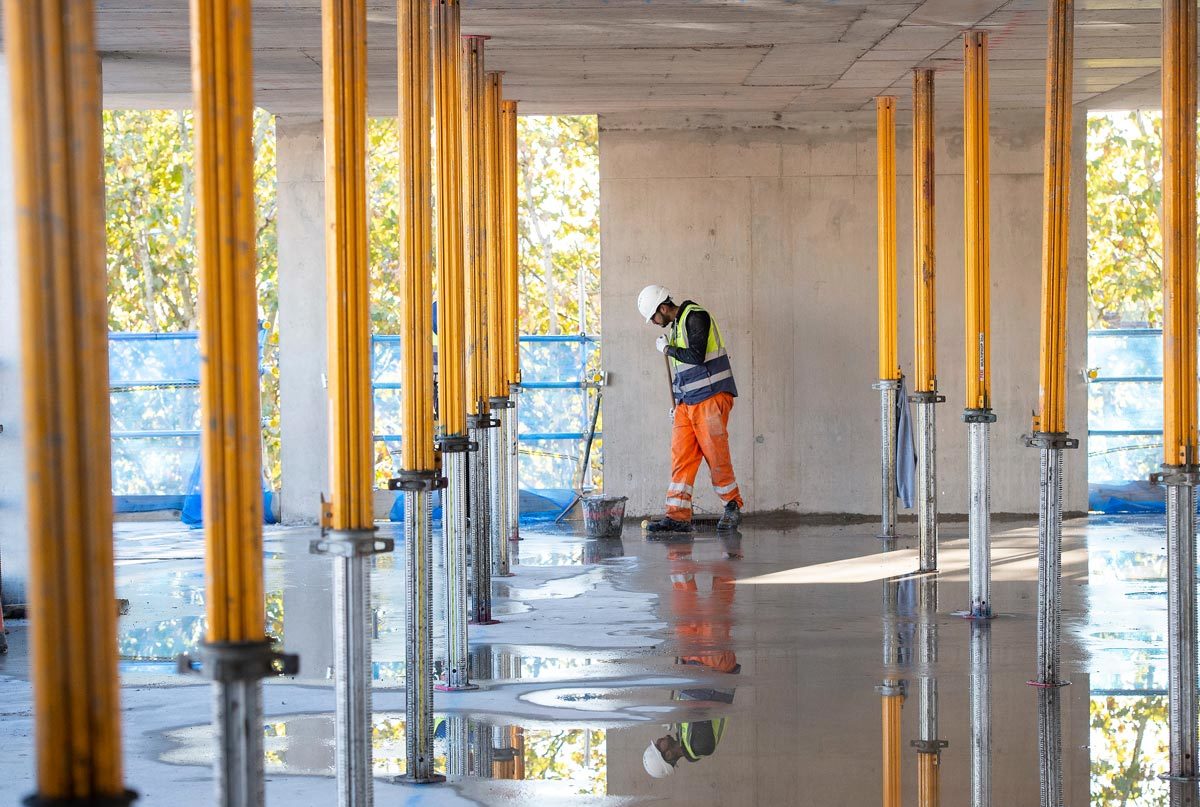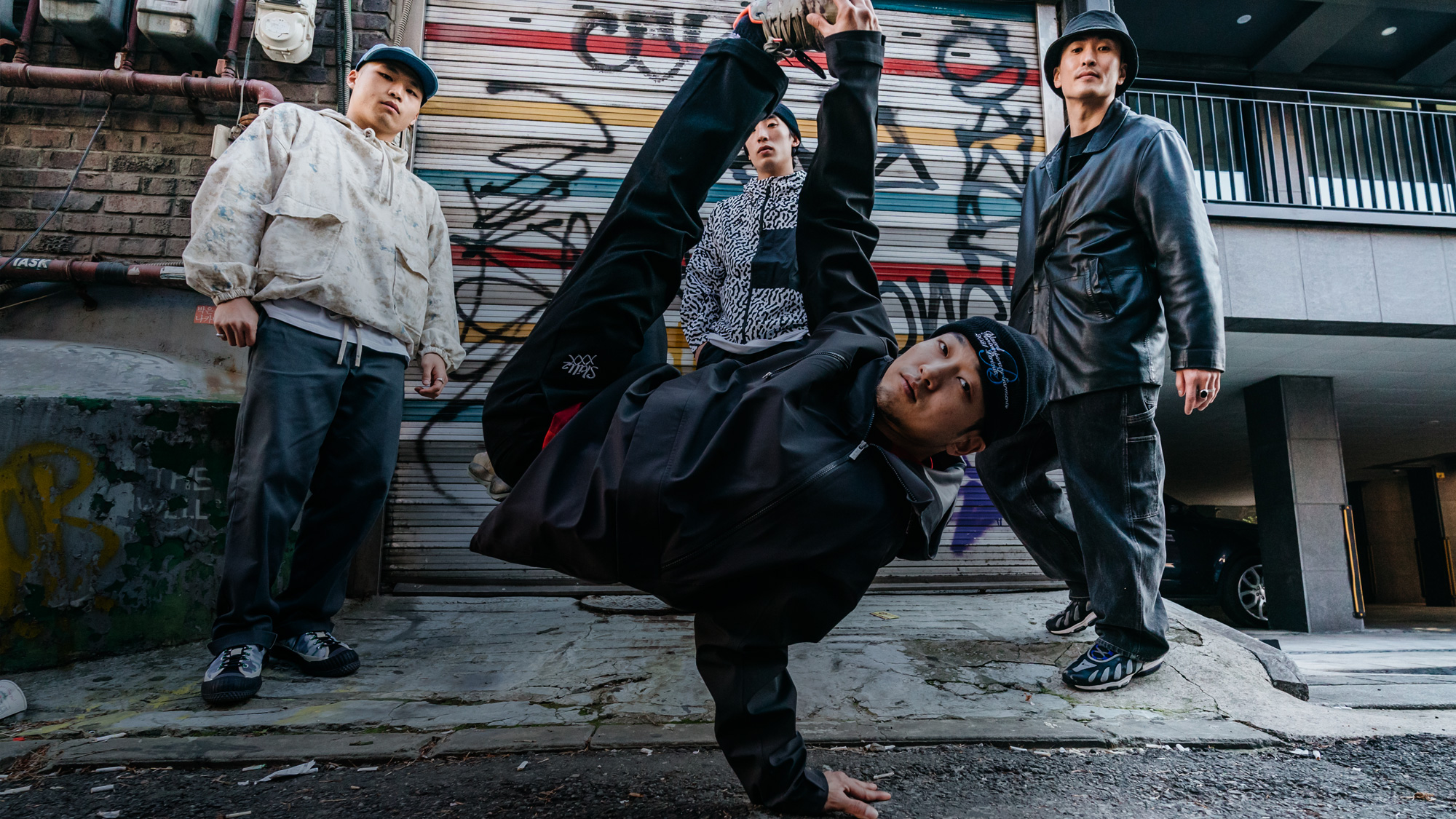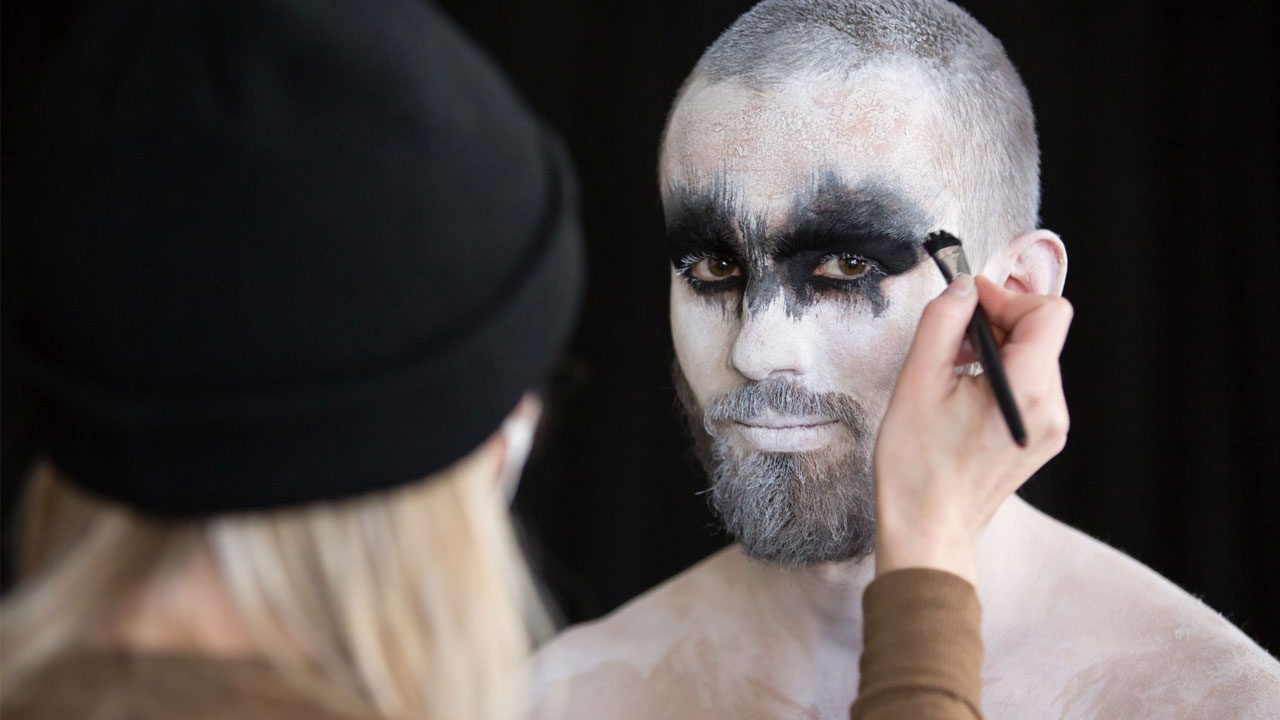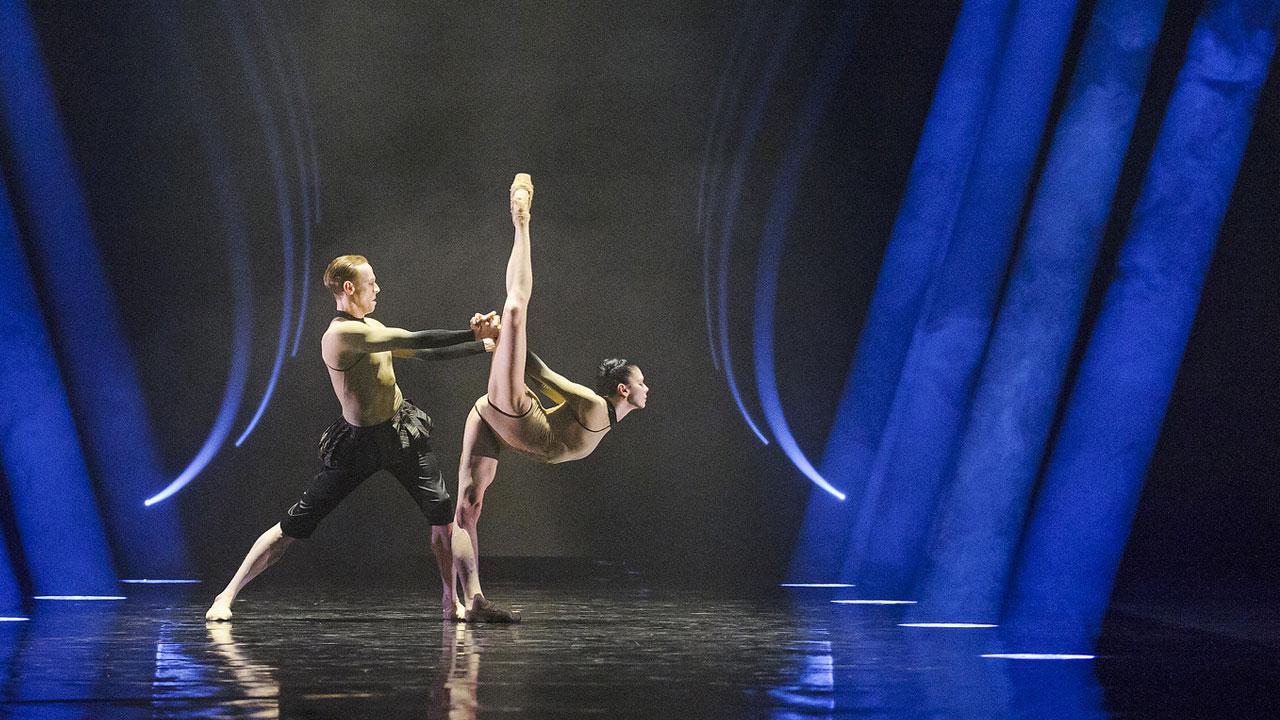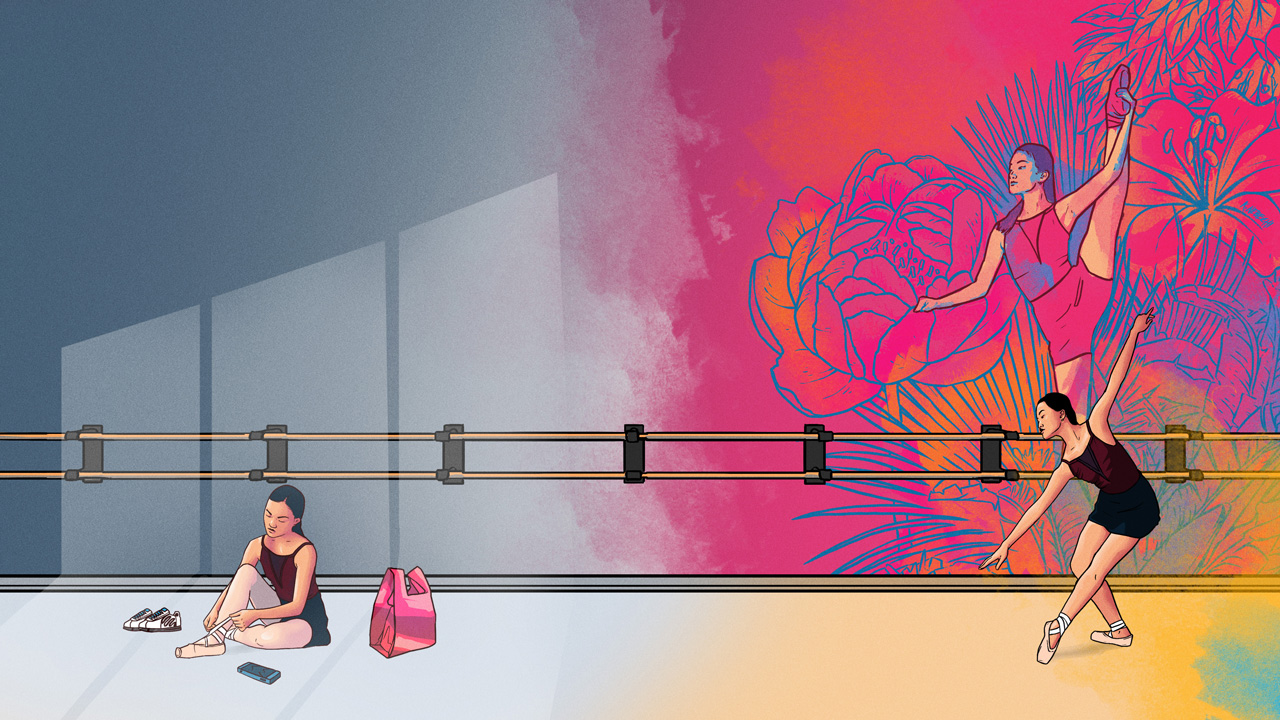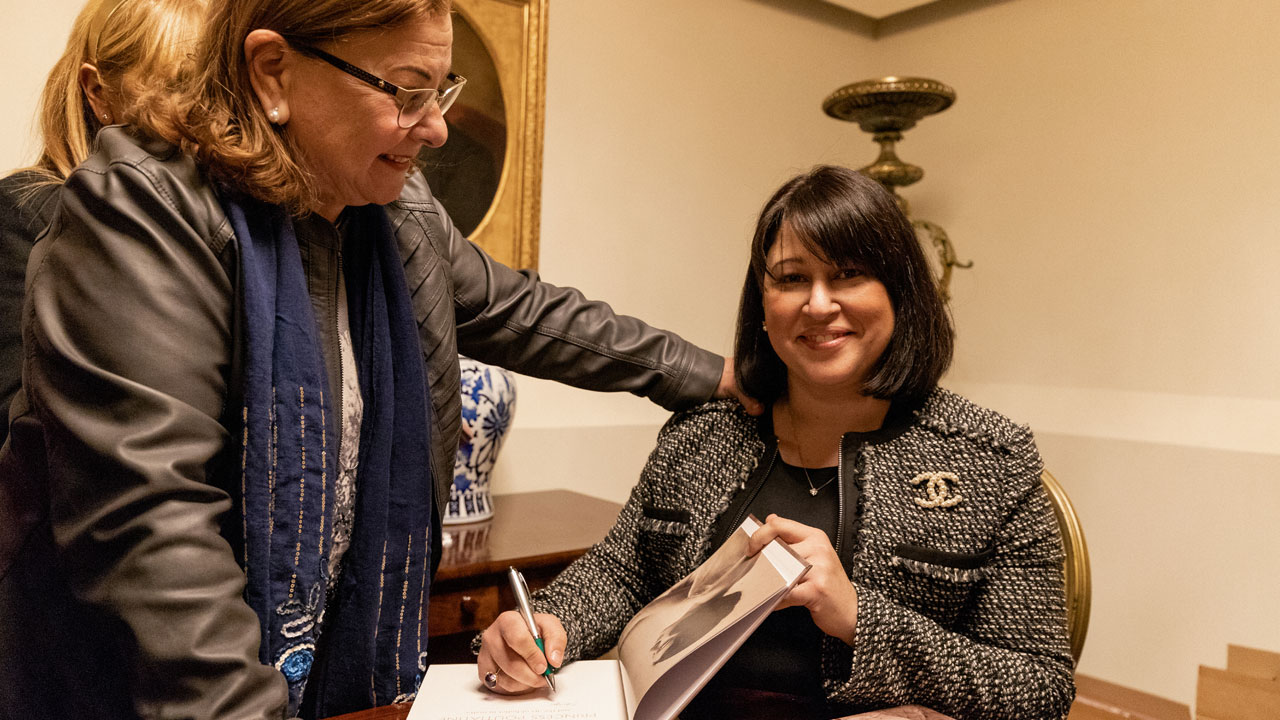Having been postponed in 2020 due to the Covid-19 pandemic, the annual United Nations Climate Change Conference (COP26) is now due to take place in November 2021. International awareness of the climate crisis is not new, or even recent: this is the 26th UN meeting convened to address it. Yet something that is new – the pandemic – has changed daily lives all over the world within the space of a single year.
For many of us, such contrasts of scale and reach are mind-boggling. How do we make tangible connections between long-term issues, global problems and the everyday practices of our many and multifarious lives? In the face of such questions, we can easily feel paralysed, ineffectual, sinful or incredulous – understandable, but hardly encouraging responses. I spoke about sustainability to several people working in dance and culture – but found no simple answers. I did, though, find a common, easily understandable response: take steps. That is how we move forward.
‘It’s a funny thing for an architect to say, but we should build as few new things as possible’
Takero Shimazaki
All of the projects I explored were initiated before the pandemic enforced its own step changes: digital technology replacing unnecessary travel, a new emphasis on localism, an abruptly heightened awareness of our interconnectedness, as people and as a planet. It has become possible to imagine – and to see, and share – changes not only to steps, but to systems. That gives me some hope that we can move forward together.
‘It is all our responsibility’
For Chiara Badiali of Julie’s Bicycle, a London-based charity supporting action on sustainability in the creative industries, the overwhelming evidence on climate change and environmental degradation makes the need to move forward clear and urgent – but the way forward depends on where and who you are. ‘One of the conclusions people often jump to,’ she says, ‘is that it’s all about artists speaking out and raising awareness. But you can’t place full responsibility on the shoulders of artists. It is all our responsibility.’ For her, the keys are to make working practices and conditions sustainable, and to factor environmentalist ethics – where sustainability intersects with inequality – into the choices we make, in and out of the workplace.
Some factors are well known: flying, for example. ‘It is the most energy-intensive thing an individual will ever do,’ says Badiali. ‘On a global scale, it’s responsible for a relatively small percentage of emissions, but very few of us in the world actually fly. That’s where the inequality comes in. So if an international festival in Europe stopped flying in artists from Latin America, that may not be fair – but does that mean the festival director has the right to take 10 intercontinental flights a year? Those are some of the ethical questions we need to be asking ourselves.’
Other factors I honestly hadn’t thought of before, such as audience travel. ‘It’s one of the largest sources of impact for the arts,’ says Badiali. ‘But it’s tricky because it’s not directly under our control.’ The question then, becomes about influencing other peoples’ choices, and partnering with local service providers. Some venues, for example, have negotiated free pre- and post-show public transport; others have polled audiences about their habits and needs, and incentivised public transport use accordingly. Even a simple thing such as a location map – does it lead with walking and public transport, or with roads and car parks? – can make a difference.

‘Audience travel is one of the largest sources of impact, but it’s not under our control’
Chiara Badiali

Once you start thinking about sustainability, you find factors everywhere – production, transport, administration, food, buildings – because the environment touches everything that we do, make and are. ‘And the answers that come back when you take the environment into decision-making processes,’ says Badiali, ‘are often very different, and differently creative as well.’ Can a set design be disassembled and transported, and reused after a tour? Some companies have experimented with the idea of a lighting power budget to reduce energy consumption – and to treat that as a design challenge rather than a constraint. Some look at ways of supporting a local cultural economy, or of collaborating with partner venues to share resources and knowledge.
There’s one common environmental practice that Badiali is wary of: carbon offsetting. Though built into many ‘carbon neutral’ measurements, it is essentially an accounting mechanism, one that says: it’s okay to do bad things here, if you make up for it with good things there. In practice, it can easily be misused as a get-out clause, incentivising traders to make carbon credits as cheap as possible, and – as with the waste industry – richer countries to outsource problems onto poorer ones. In short: if you can, do just the good thing. It’s much clearer, and cleaner.

‘A touring company is always in someone else’s environment’
In 2018 Matthew Bourne’s company New Adventures launched an environmental programme, precipitated by a condition of government funding that required an environmental action plan and sustainability reports. ‘A lot of the good practice models I could see,’ remembers head of operations Louise Allen, ‘were around buildings-based organisations, who have some control of their environment. But a touring company like us is always in someone else’s environment.’
So Green Adventures, as the new initiative was called, partnered with Julie’s Bicycle to help develop guidance for touring companies, with the UK tour of Bourne’s Swan Lake as their first ‘green adventure’. What did they discover? Happily, they were already storing and reusing sets and costumes, instead of discarding and remaking them. They incentivised rail travel over plane or road – though Allen admits that touring can be, even without international flights, quite carbon-intensive. On the other hand, the simple step of giving everyone a metal water bottle and a reusable hot drinks cup not only helped reduce plastic waste, but perhaps more fundamentally helped lodge environmental awareness into daily life.
In fact, advocacy and behaviour change became a prominent strand of the project, the company using their tour and reputation to become itinerant ambassadors. Company members volunteered to become green champions, talking to personnel in each venue about anything from recycling to local transport and eateries. ‘We wanted to improve the conversation between the visiting company and the venues we tour to,’ says Allen. ‘Having an artist go out and ask those questions is quite powerful, and we end up working together in a bigger way than just on the show.’
Green Adventures began as a pilot project. Touring was then brought to an abrupt halt by the pandemic, but the ‘pilot light’ of environmental thinking and imagining change has continued to burn. Projects on international touring must surely be next on the agenda.

‘We need to be more vocal’
Over the last few years, the textile industry has come under increasing scrutiny for its vast footprint on global pollution and landfill, as well as for malpractices in its supply chains – and changes, though slow, are afoot. ‘You may have noticed high street retailers beginning to promote recycling,’ says Sue Bacchus, previously senior buyer at Selfridges and now Head of Trading at the RAD, ‘or fitnesswear brands that highlight sustainability criteria. And if fitnesswear can do it, so can dancewear.’

The RAD holds licence agreements with its key suppliers, so Bacchus has no direct say in manufacture, materials or supply chain. What can she do from within the RAD? ‘It’s a conversation,’ says Bacchus. ‘You can’t force change upon licensees, but we can talk about the kind of fabrics, the dyeing, the recycling. You work with your licensees, and identify what capabilities they have. What’s important at the end is that the customer has a choice, so they can say: I don’t like this, I like that, but it’s still an RAD recommended product.’
Yet for consumer choice to drive sustainable dancewear, don’t we need some kind of recognised labelling system? ‘We do need to be more vocal about where a product is coming from,’ admits Bacchus, ‘while at the same time being respectful to suppliers who aren’t able to change or to move as quickly.’ Some suppliers are already working in this direction – the Little Ballerina brand, for example, which flags its compliance with the Okeo-Text® Standard 100, one of the world’s best-known labels for textiles tested for harmful chemicals.
This is encouraging, but I wonder: is sustainability a deciding issue for consumers? Bacchus worries that it isn’t and points out that other factors are also pressing – affordability, for example. While avoiding the ‘fast fashion’ ethos of cheap disposability, Bacchus is nevertheless concerned not to price out people on lower incomes. Once again, questions of sustainability intersect with those of inequality – which means we need to take steps in which those forces are pulling in the same direction.
SLIDESHOW Work at the new RAD headquarters. Photos: Elliott Franks
‘Do we even need more new buildings?’
The environment includes all our man-made constructions: roads, utilities, pipes, cables – and especially buildings, those ubiquitous places where we live, work, learn and meet. Buildings are also sites where organisations often have some direct control, and can therefore be a focus for environmental practices.
The RAD is about to move into new London headquarters designed ‘for the 21st century’, and so in the fortunate position of being able to influence how their building is made, designed and used. I asked their architects Jennifer Frewen and Takero Shimazaki about what kind of sustainability criteria were taken into consideration. ‘A lot of them had already been defined before we came on board,’ says Frewen, explaining that the RAD site is part of a larger development, regulated by planning laws, the property developer and the local council. ‘The development team used the widely recognised BREEAM accreditation (Building Research Establishment Environmental Assessment Method), and set a target of excellence – the top rank.’ BREEAM accreditation looks at a wide range of sustainability measures including energy, water, materials, pollution, waste and land use. ‘One of the key things that comes out of BREEAM,’ explains Frewen, ‘is a building management system which is used to manage heating, ventilation, air-conditioning, lighting and CCTV to help use the building in the most energy-efficient way.’
The architects can and do question some decisions permitted by BREEAM – for example, they changed a plastic flooring to a less polluting and more sustainable rubber flooring. They can also design the whole space, within the building framework, and have tried to minimise waste space. ‘It was important that the circulation spaces were not just corridors,’ says Shimazaki, ‘but places to inhabit.’ It’s an example of what he calls ‘lean architecture’, a practice focused on minimising waste of space, materials and energy that can be followed through to a more general guiding principle. ‘Reuse and retrofitting is the core of our practice,’ he says, ‘because demolishing and rebuilding is the biggest waste of energy. Do we even need more new buildings in the world? I think we should try to build as few new things as possible. That’s a funny thing for an architect to say, I realise, but it’s the way the world is going – and has to go.’
RESOURCES
Sanjoy Roy writes on dance for the Guardian and is editor of Springback Magazine.
Bex Glendining is an illustrator and comic artist based in Kent, UK.
Have you taken any steps in how you work or live that might impact on sustainability?
Let us know

